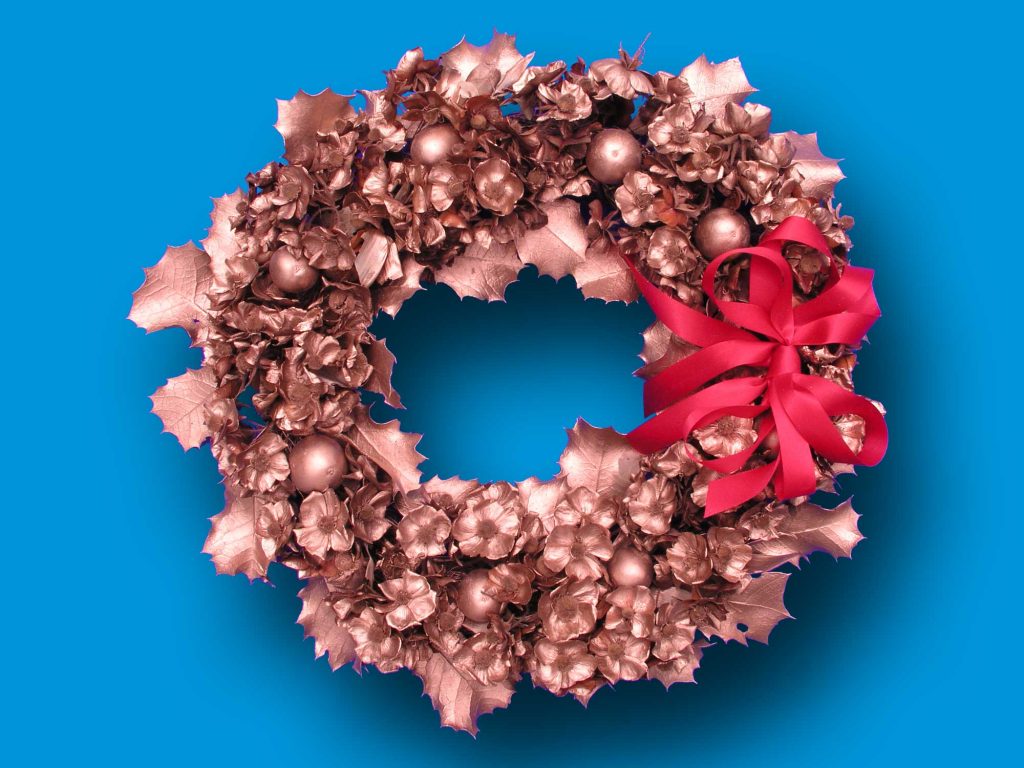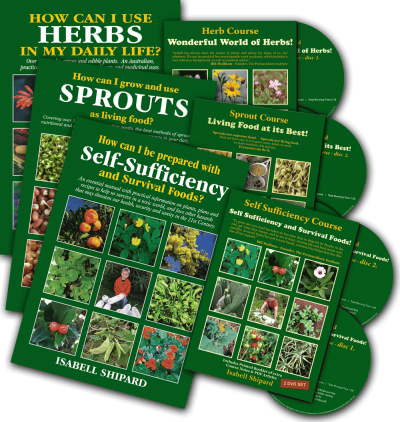Pink Dombeya
Dombeya burgessiae F. Sterculiaceae
Description
Evergreen bush, native to Africa, 2-4 metres tall with a leafy canopy of large, soft-textured, downy leaves to 20cm long with 3 lobes, and the centre lobe tapering to a long point.

Sweetly perfumed, long-lasting, 5-petalled pale pink flowers form in clusters of 3 to 12 blossoms, giving the effect of a bouquet of flowers. Formation is similar to hydrangea, but the flower petals are slightly more cupped. Flowers do not drop their petals like many other plant species, but after many days of flowering, develop an enlarged round flower centre, which splits open into 5 cavities, each segment carrying 3 or more oval shaped brown seed. Flowering can span over many months of the year. Propagation is by seed, or semi-hardwood cuttings. Plant in a sunny position and give at least 3m for bush spread. Bushes are considered drought and frost hardy. Occasional hard pruning is a good practice, as it keeps the bushes at a reachable size for picking the blossoms.

Uses
Herbs in the ‘broad sense’, can be any plants beneficial to man whether for food, flavouring, healing, dye and fibre, arts and crafts, or utilitarian uses. Blossom bouquet fits in the arts and crafts category, as well as having utilitarian uses. As the flowers hold their petals after flowering, they have potential for use in floral artwork, and with crafts for decorating boxes, gifts, hats and cards. Flowers allowed to fully mature will go brown after picking, but will still manage to keep their lovely form. When used in this natural state, or spray painted silver, gold or bronze, they are most attractive. Two or three of these sprigs tied together make a petite posy; a small bouquet for friends, a gift from your garden, or for sale at stalls and markets. If flowers are picked when just opening, they will dry with cream petals and have a sweet perfume for many months, ideal to add to pot-pourri.
… … omitted text, please see How can I use HERBS in my daily life? for full text.



